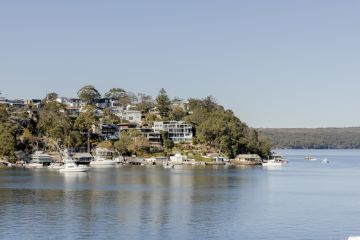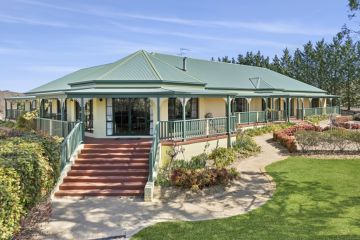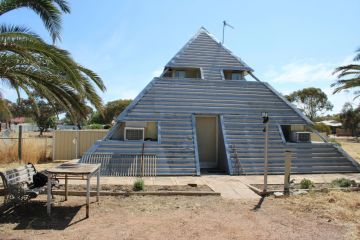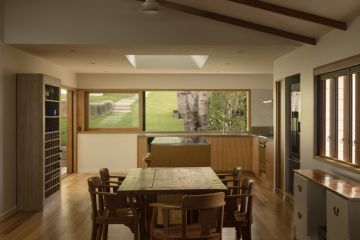All the way to the heavens. How much of your property do you actually own?
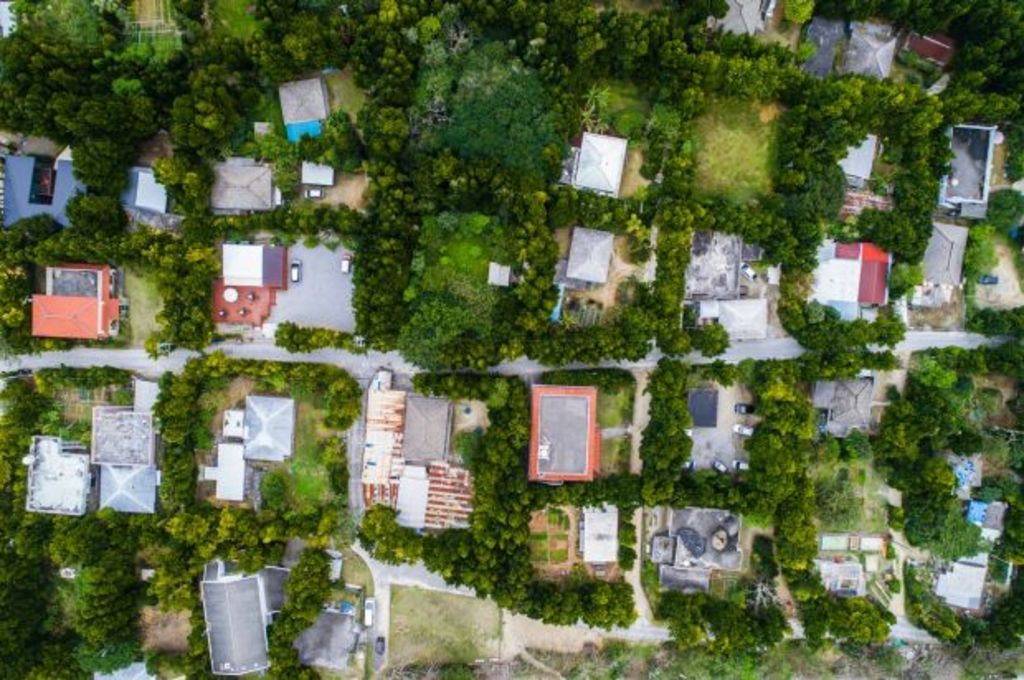
Property owners, you – and your bank – definitively own your home. But what about the air above your property and the earth and its contents beneath it?
Property rights were originally governed by the ad coelum maxim: whoever owns the soil, holds title all the way up to the heavens and down to the depths of hell. But, this maxim – however poetic – was created before construction cranes, drones or industrial mining, and now it is no longer applicable.
In fact, according to Dr Cait Storr, lecturer in property and legal theory at Melbourne Law School: “It sounds cool, but it’s never been true.”
So, how far below our homes do we own? “There’s no simple answer to these questions,” says Dr Storr.
Laws vary from state to state, but typically, if you – or your great grandfather – bought your property before 1891, then you often own all the way down to the centre of the earth. But, crown land grants issued after 1891 are typically limited to approximately 15.24 metres below the surface.
 Do you own the air above your property? Photo: Stocksy
Do you own the air above your property? Photo: Stocksy
- Related: The secret to damage-proofing your Airbnb
- Related: Living alone is actually better for you
- Related: Living under a flight path is hell
Dr Storr is reluctant to confirm this numeric figure. “The problem is it comes down to some quite technical questions about what constitutes the soil underneath the land – and that changes from jurisdiction to jurisdiction. “[But] If we are talking about what is in the soil and is owned by whom, we can discuss that with more certainty.”
What happens, for instance, if you find oil in your suburban back garden. Is it yours and are you rich at last? “It’s not yours, no,” says Dr Storr. “The Crown has always claimed ownership to gold and silver, and progressively over time claimed ownership to most natural resources and minerals that you’d find in the soil.”
So, any gold, gas, petroleum, coal, copper or anything else found on, or in, your land is property of the Crown. While you still own your land, the states can grant exploratory or mining licences to mining companies, allowing them to explore or mine without your approval – unless the proposed work is within 100 metres of a house where someone lives, or a farm.
However, while landowners cannot prevent companies from coming onto their properties. “Access has to be negotiated with the landowner’s consent,” says Dr Storr, citing the high-profile Lock The Gate movement.
What about above, do we own the air above and around our properties? Legally, in Australia, property owners own “to such height as is necessary for the ordinary use and enjoyment of his land and the structures upon it”. But, what exactly constitutes “ordinary use” is open to legal interpretation.
 What are your legal rights against a drone flying over your property? Photo: iStock
What are your legal rights against a drone flying over your property? Photo: iStock
“When we talk about air rights, the title is really misleading,” says Dr Storr. “Because it’s not actually air that is being bought and sold, it’s the right to develop, or the right to veto development of, particular volumes of space.”
Interesting cases involving air trespass are redefining property rights in Australia. Last year, a developer, Steller, was instructed by the Supreme Court to remove their crane hanging over a family’s neighbouring home in Elwood, Melbourne. “The crane constitutes an actual trespass,” said Justice Riordan.
While planes are allowed to fly over your home, what about drones? “There’s been quite a bit of debate about drones flying over property. At what point is it a nuisance, considering that drones can come in quite close?” says Dr Storr.
After all, you can’t legally stop someone from looking at your house. “People can look over the fence,” says Dr Storr. “This is why it’s difficult to ground any legal action against a drone flying over your property.”
As the states continue to slowly redefine property rights in the courts, its vital to remember that property law, is not “really about our private rights over things,” says Dr Storr. “It’s about managing collective access to scarce resources. Its about our relationships with each other.”
We thought you might like
States
Capital Cities
Capital Cities - Rentals
Popular Areas
Allhomes
More

